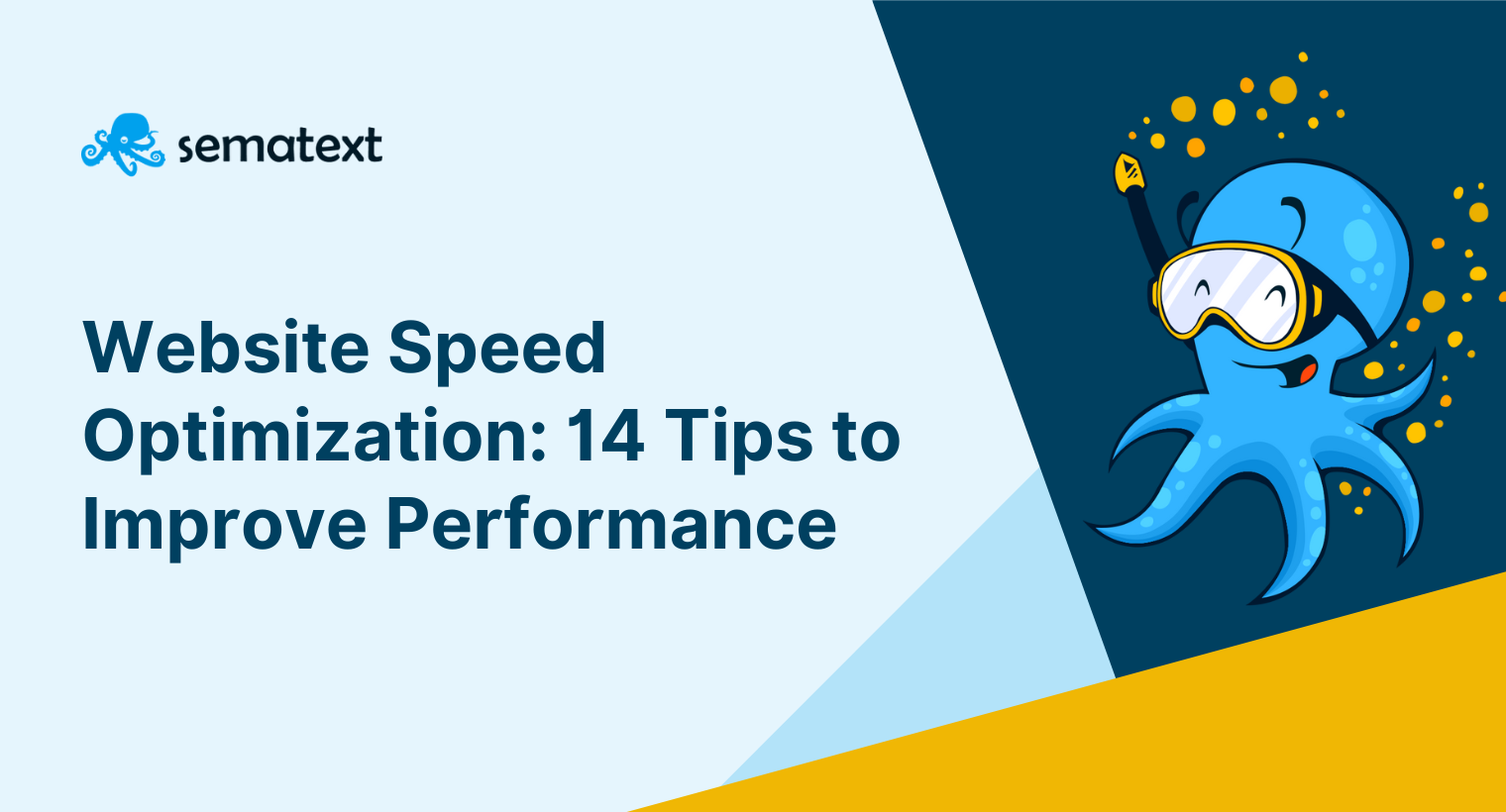Pulse of Information
Your source for the latest insights and updates.
Speed Demons: The Race to a Faster Website
Unleash the speed! Discover expert tips and tricks to supercharge your website performance and leave competitors in the dust.
Top 5 Techniques to Boost Your Website Speed
In today's digital landscape, website speed is crucial for user experience and search engine optimization. When your site loads quickly, it not only keeps visitors engaged but also improves your SEO rankings. Here are the top 5 techniques to boost your website speed:
- Optimize Images: Use tools to compress images without losing quality. This can significantly reduce loading times.
- Minify CSS and JavaScript: Reduce file sizes by removing unnecessary spaces, comments, and characters, which helps streamline how quickly your site can load.
- Enable Browser Caching: This allows visitors' browsers to store some elements of your site for a faster experience on return visits.
- Use a Content Delivery Network (CDN): CDNs distribute your content across various servers globally, ensuring faster delivery to your audience regardless of their location.
- Choose a Reliable Hosting Provider: A quality hosting service can drastically reduce loading times by providing the necessary resources for your website's traffic and demands.

How Website Speed Affects User Experience and SEO
Website speed plays a critical role in shaping user experience, directly influencing how visitors interact with your site. Research shows that users are less likely to stay on a website that takes more than three seconds to load. In fact, slow-loading pages can lead to higher bounce rates, meaning that potential customers may leave before even engaging with your content. This immediate feedback loop stresses the importance of optimizing speed, which not only enhances user satisfaction but also fosters a more engaging online environment.
When it comes to SEO, website speed is a vital ranking factor for search engines like Google. Faster websites are favored, as they provide a better user experience, which aligns with Google's mission to deliver high-quality results. A slow site can hinder your search engine rankings, making it crucial to implement strategies such as image optimization, utilizing browser caching, and minimizing server response time. Consequently, improving your website speed not only aids user retention but also elevates your visibility in search results, ultimately driving more traffic to your site.
Is Your Website Slow? Common Pitfalls and Quick Fixes
Is your website slow? A sluggish site can lead to frustrated users and increased bounce rates, affecting your overall search engine rankings. Common pitfalls that contribute to poor website performance include large image files, excessive use of plugins, and unoptimized code. Image optimization is crucial—ensure images are appropriately sized and compressed to balance quality with load speed. Additionally, limit the number of plugins you use, as each one can add extra load time. Review your site's code for any inefficiencies, such as redundant scripts or unminified resources.
Fortunately, there are some quick fixes you can implement to improve your site's speed significantly. First, consider utilizing browser caching to store some data locally in users' browsers, reducing load times on repeat visits. Next, implement a content delivery network (CDN) to distribute content across multiple servers globally, which can significantly speed up load times for international visitors. Lastly, regularly perform speed tests and monitor your website's performance to catch any emerging issues before they become significant setbacks.